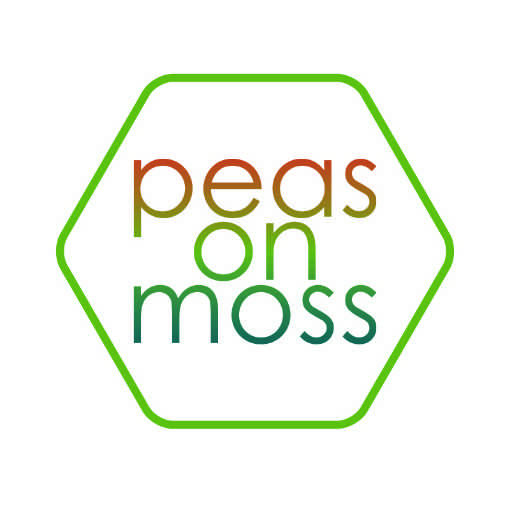 |
| From http://eatlocal.wordpress.com/2008/09/30/italian-plums/ |
For Christmas 2010, we figured out how to make them gluten-free!
In my culinary classes, we discussed the differences between waxy and starchy potatoes. The difference is in the moisture and starch content of the potatoes. Waxy potatoes are red potatoes and Yukon gold potatoes. They have more moisture and hold their shape when they’re cooked. Starchy potatoes, such as Russet potatoes, break apart when they’re cooked, and they are great for mashing and mixing into batters or doughs.
Traditional Prochazka Knedliky
One potato per person (4-6 medium Russets), boiled in lightly salted water and peeled.
One-half egg yolk per person (3-4 egg yolks or 2 eggs and 2 egg yolks)
3-5 cups all purpose flour
*1 tbsp baking powder, if you want a really light dumpling, but we don’t add it
Bring a large stock pot of water to a boil.
While waiting for the water, mix your potato dough. Place potatoes and egg yolks in a large mixing bowl. Stir thoroughly until the mixture is smooth. Begin stirring in the flour, one cup at a time, until the dough becomes almost too stiff to mix with a spoon. Transfer to a floured surface and knead about one more cup of flour, or until the dough is only slightly sticky and firm. Divide the dough in half and roll each half into oblong 2″ thick loaves. Cut each loaf into slices about 1 inch in width. Roll each slice into balls so that each dumpling is slightly larger than a billiards ball. Place dough balls on a clean sheet pan, spacing them apart. Allow the balls to rest until the water is boiling.
Drop 6 or 9 dumplings into the boiling water, spacing them out so they don’t stick. Let the water return to a boil. Stir with a slotted spoon to unstick it from the bottom of the pot. As the dumplings cook, they will float. Cook about 2 minutes after they begin floating, to be sure that all of the flour is cooked. (Did you know that they float because the starch granules in the flour and potoates swell when exposed to hot water?)
Remove dumplings from the water and to a thick glass baking dish. Cover and place in a slightly warm oven to keep hot. Continue cooking dumplings in batches until they are all cooked.
You can enjoy the dumplings plain, with butter, with butter and sugar, with gravy, or with our favorite graham cracker topping.
Graham Cracker Topping
2 full sheets of graham crackers
1/4 cup brown sugar
Place the crackers in a resealable bag. Press out the air and then roll a rolling pin or firm cup over the crackers, so that they get crushed finely. Pour graham crackers into a small mixing bowl and add the sugar. Stir completely until you have a crumbly homogenous mixture. Sprinkle over hot, sliced, buttered dumplings. Top with vanilla ice cream to make it especially decadent.
Leftover Dumpling Breakfast
4-6 leftover potato dumplings
butter
2 slices ham
3 or 4 eggs
Slice the potato dumplings into 1/4″ slices. Melt butter in a medium nonstick skillet over medium heat. Add the dumplings and saute until golden brown on all sides. Scoot the dumplings to one side. Add the ham to the skillet and saute until golden. Remove the ham and dumplings to a hot plate. Add a spot more butter to the skillet. Drop in the eggs and fry until cooked on one side. Jiggle the pan until the egg unsticks itself and then quickly flip the egg in one fluid, professional manner. (Do this over a plate so the egg lands somewhere safe just in case the fluid movement isn’t so fluid at first). Fry until the egg is cooked to your desired doneness.
Arrange the dumplings and ham on a plate. Top with leftover graham-brown-sugar sprinkles. Add the eggs. Enjoy with a cup of hot, strong coffee.



Recent Comments